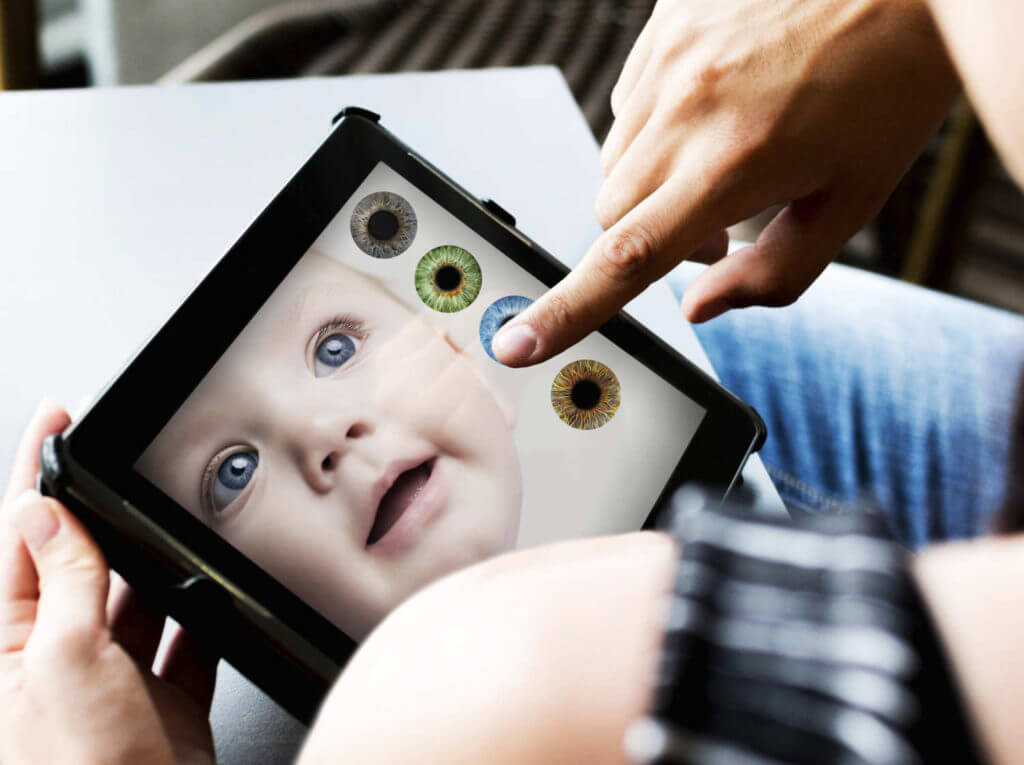
For the last several decades, research into gene therapy has promised cures to devastating conditions caused by mutations and other chromosomal abnormalities. Until recently, though, such treatments remained hypothetical.
In 2015, however, following the first successful lab tests of CRISPR, a gene editing technology, such treatments officially entered the realm of possibility. Now, as scientists refine the technology, biomedical researchers, ethicists, and end users are grappling with the consequences.
What does it mean to modify any organism, but especially humans, at the genetic level and how does that practice reflect who we are as a society? These ongoing conversations relate to how central our genes are to our identity, and not just our biology.
The first major ethical issues relating to CRISPR came from work done on insects. Mosquitos are genetically uncomplicated creatures, and early in the development process Chinese scientists developed malaria-resistant mosquitoes.
On the one hand, suppressing malaria transmission in this way might resolve a serious public health crisis — more than 400,000 malaria deaths occur each year in developing countries — but the excitement was brought up short when scientists wondered what it would mean to release a genetically modified organism into the environment.
There are, at present, too many unknowable variables and potential consequences.
As unnerving as the unknowns with regard to the release of genetically modified mosquitoes into the environment might be, modifications to humans have to be even more worrisome. In an early discussion of the topic at 2015’s International Summit on Human Gene Editing, for example, participants considered the ethical impact of germline modifications.
These modifications pose an especial risk due to the fact that they would be passed to future generations. During these deliberations, biomedical researchers spoke with ethicists to think about when germline changes may and may not permissible.
Three years later, scientists have stayed in the moratorium phase. Essentially, until we can ensure the overall safety of the technology, it could be irresponsible to release it for wider use.
One of the strengths of the biomedical field is its ability to collaborate across disciplinary boundaries. The field itself is widely diverse, including specialists like biochemists, who are directly involved in genetic research, and epidemiologists, who study disease spread.
Bioethicists, who understand both the technical and philosophical concerns involved in research, also participate in these debates. The naturally collaborative nature of the field will be an advantage as CRISPR technology advances.
Though public applications of CRISPR remain years away, researchers are preparing to tackle the implications by emphasizing what the European Group of Ethics in New Technology (EGE) terms “triangulating science, ethics, and society” at every level of the development process.
This means, first, focusing on interventional cures rather than germline modifications. In other words, first-line use of CRISPR in humans will most likely be to treat and cure diseases, or to prevent genetic conditions from being passed on from parent to child. Particularly with regard to fatal conditions, there are few doubts about CRISPR’s ethical value and applicability.
Non-fatal conditions — particularly those with a cognitive or neurological component, but also many physical disabilities — pose much greater challenges for scientists and ethicists, because they raise the specter of eugenics. Many question whether such changes are ethical or even desirable, or they could be just a way of eliminating human differences.
When addressing the potential elimination of disability, many worry about the slippery slope that might lead to designer babies. As researcher Feng Zhang asserted at CRISPRcon 2018, we’re decades away from designer babies, but that doesn’t mean we’re equally far away from having to think about them.
It can take far longer to work out the ethical implications of a new technology than to develop the tool itself. We’ve experienced that firsthand with many other reproductive interventions in the past.
Now that scientists are keenly aware of how ethics and innovations intertwine, they’re trying to adopt a more proactive stance toward future technologies.